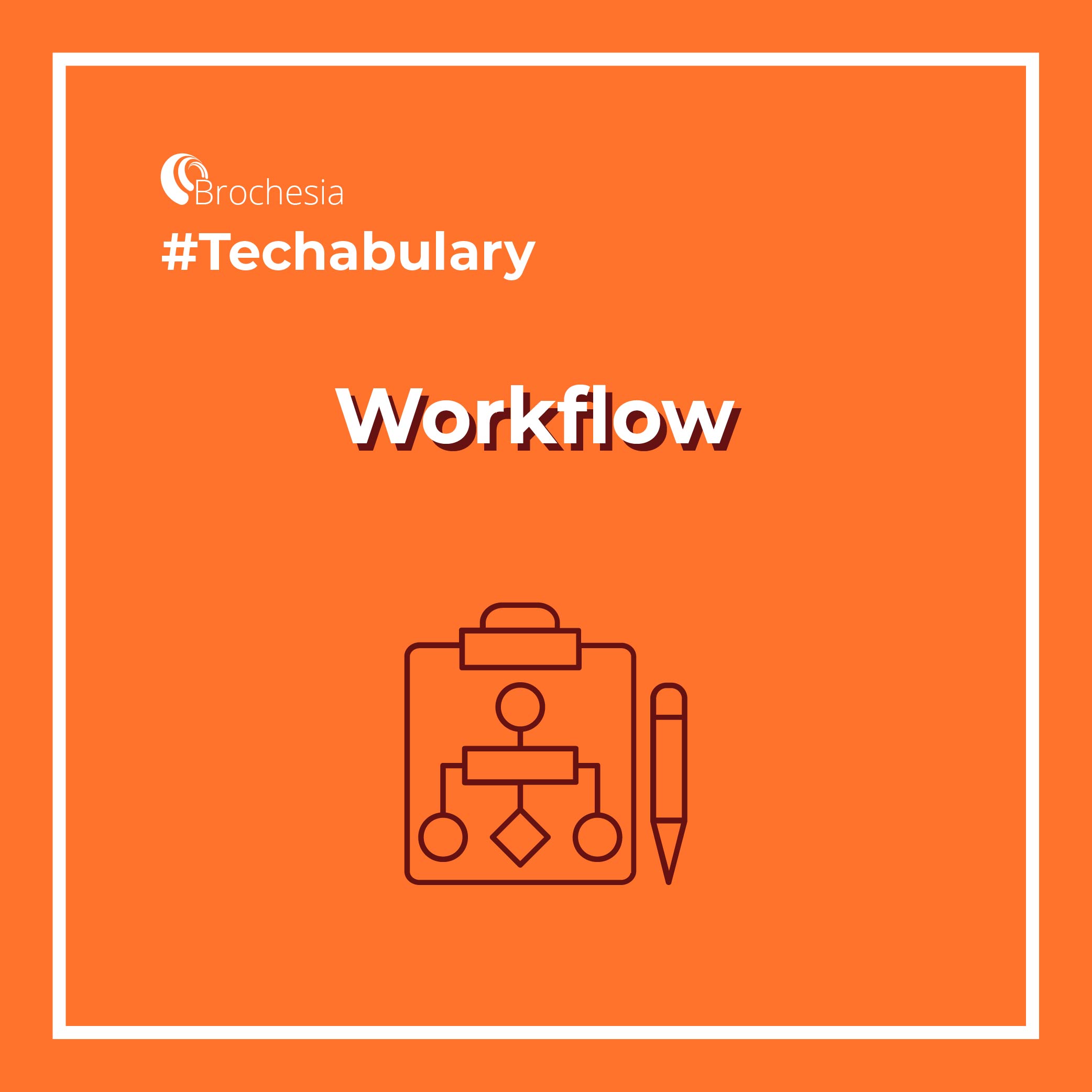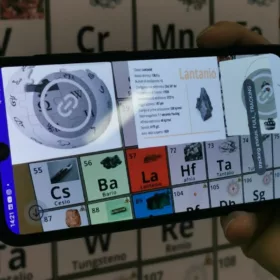Each business activity is modular and composed of individual actions that, performed in sequence, lead to its correct execution. This sequence is a workflow.
A workflow is a rationalized process divided into tasks, events, actions and interactions. These workflows can involve one or more people and are designed to facilitate business activities and provide real added value.
Automating activities and performing them independently – even if we are talking about complex, spot or repetitive procedures – brings significant benefits to the companies:
- A great saving of time, which can be moved to the development of other projects;
- A containment of the operating costs necessary to perform every tasks;
- A high decrease in the margin of error.
Basically, how is a workflow implemented in the company?
The person in charge of designing the workflow can use specific software solutions, very flexible and suitable for the most different application fields: thanks to the tools available, the designer will be able to insert clear and detailed tasks in sequence.
Once the workflow development is completed, an operator can view it on his/her device – smartphone, tablet, PC or smart glasses – and perform individual tasks, make decisions, upload content, enter information, etc. until the end of the process.
It is also possible to create templates, standard project models that can be saved and re-used entirely or as a basis for other workflows.
Once the process is complete, the software provides a complete report of the performed tasks and sends it to the staff in charge for analysis, statistics or archiving. The possibility of analyzing a completed workflow and possibly correct any critical issues is an additional important added value for the purpose of improving the business work.





